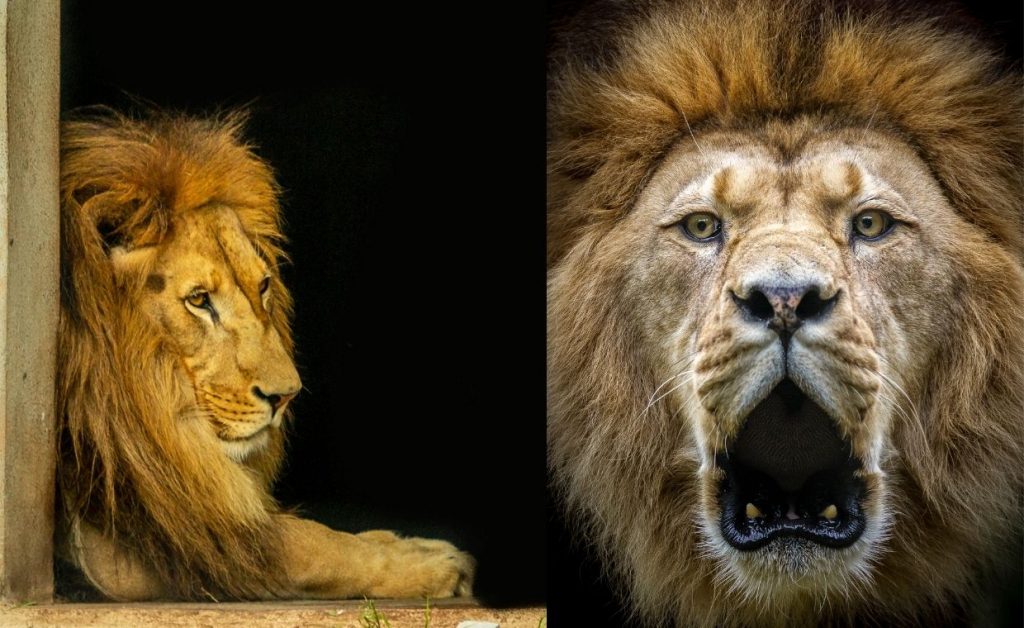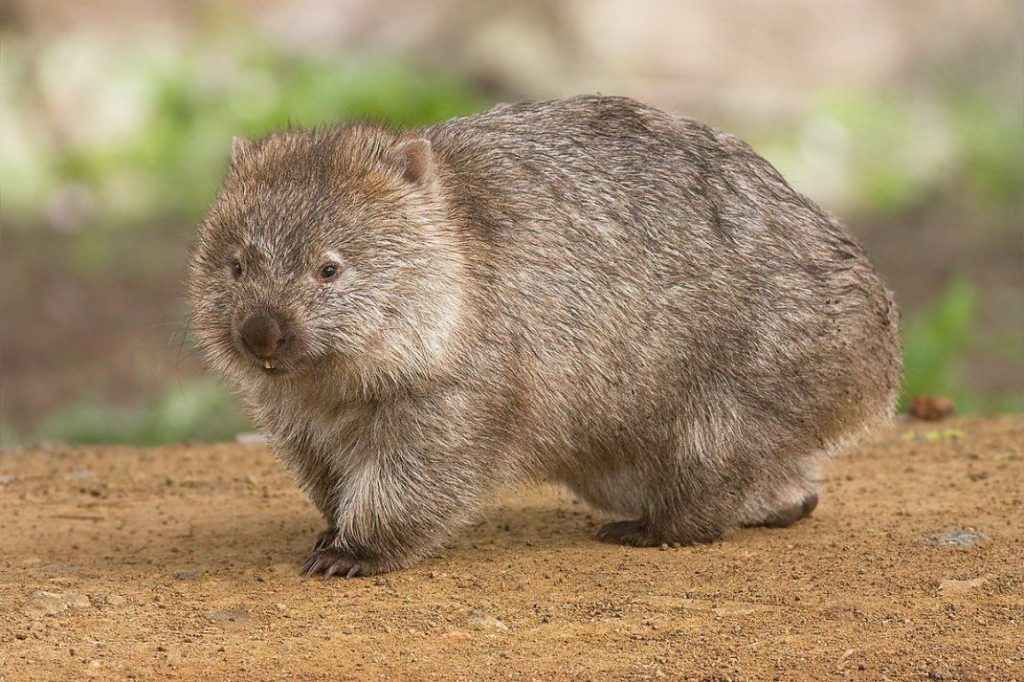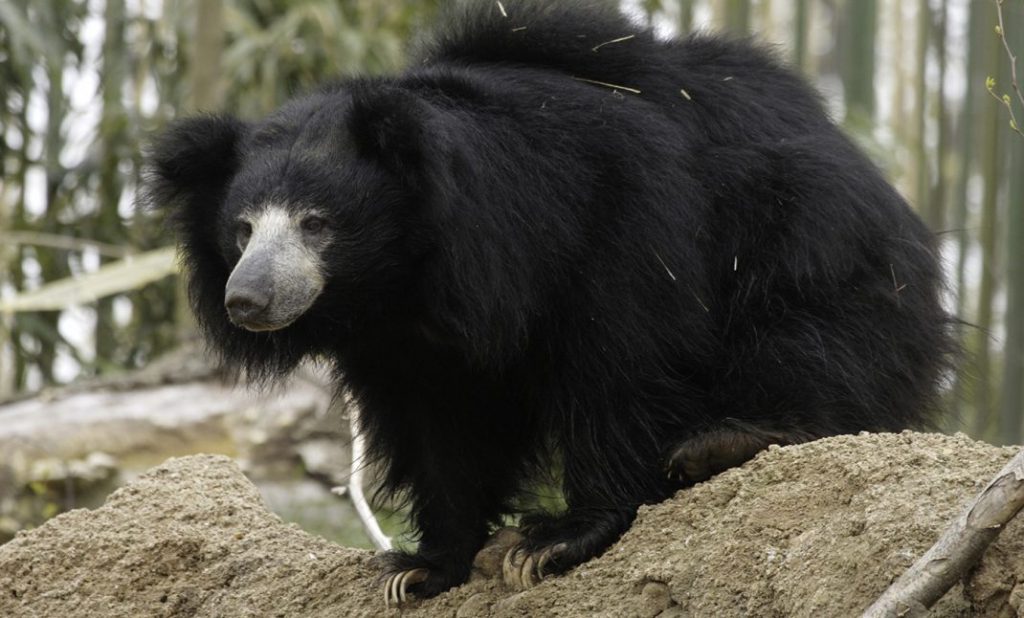Snow Leopard: The predatory mountain cat Snow Leopard are a species of leopard throughout Central and South Asia. There are about 10, 000 of fewer snow leopards in the wild, and their population is in serious decline. The Snow Leopards have fur that acts like a camouflage. Their fur is soft, dense, and it grows extra-thick during winter which helps keep it warm. The colour of the fur is grey-white and they have black spots and rosettes. Height-wise, the Snow Leopards are 55-65cm (22-26 inches), length-wise they are 90-115cm (936-44 inches), and 100cm tall. Their weight is 60-120 pounds. The Snow Leopard has extra enormous paws that help it from sinking in the snow, its round ears minimize heat loss. The short, nasal cavity converts the air into warmer air before the Snow Leopard inhale the air into its lungs. Their tail helps it maintain balance plus keeps it warm during the Winter when the Snow Leopard wraps the tail around its body. The cats can jump up to 30 feet in one leap because of their strong, short, front limbs and longer hind limbs. Diet, and Habitat: Diet: Snow Leopards diet has a wide range. They eat bharal, yak, argali, birds, markhor, and domestic animals such as horses and camels. But leopards are strong enough to take prey as large as a yak. They also eat bharals, Siberian ibex, gorals, wild boars, red panda, pikas, marmots, langur, antelopes, pronghorns, chukar, blue sheep, rodents, snow cock, woolly hares, and deer. However, unlike other enormous cats, the Snow Leopard eats vegetation like grass to help cleanse itself. Habitat: The habitat of the Snow Leopards is the mountains of Central Asia Snow leopards live in the mountains of Central Asia. The range of their habitat covers about 2 million sq. km. The habitat extends through the range of 12 countries, i.e., Afghanistan, Bhutan, China, India, Kazakhstan, Kyrgyzstan, Mongolia, Nepal, Pakistan, Tajikistan, and Uzbekistan. Snow Leopards prefer cold/dry climate, with grasses and small shrubs, terrain of cliffs, rocky outcrops, and ravines. Behaviour: The Snow Leopard is a shy animal and hunt by themselves. They are active at dawn, and dusk, which means their activity is a crepuscular pattern. The snow leopards cover ranges over hundreds of square kilometres. Snow Leopards can make a similar sound to the other cats. They can purr, meow, hiss, and growl. However, they cannot growl because of the physiology of their throat and instead of a roar they make a non-aggressive sound called a ‘chuff’. There have been no recorded/verified snow leopard attack on humans. If they see a human, they are more likely to run away from the site. Mating: Snow Leopards communicate with one another by leaving markings or urinating against the rocks. This helps the Snow leopards develop a territory and identify their mates for mating. When the cubs are 2 years old, they leave their mother and live by themselves. Threats and Conservation efforts: Threats: Poaching of not only the Snow Leopards but also the poaching of their prey like the wild sheep and goat, which affects the populations of the snow leopard. Snow Leopards also face threats like illegal or unsustainable hunting. Also, some herders whose livelihood depends on herding domestic animals, kill Snow Leopards. The reason is that Snow Leopards hunt domestic animals. Losing a domestic animal can lead to economic/financial losses for herders and that’s why the herders kill Snow Leopards. Animal trade, mining, large-scale development are threats to the snow leopard population’s survival. Conservation Efforts: To curb the incidents of herders killing Snow Leopards, the Snow Leopard Trust have started Livestock insurance, and provided livestock vaccinations to help herders take care of their livestock. Also, the Snow Leopard Trust has taken steps such as predation prevention, Conservation Education, and Combatting Poaching to help improve Snow leopard populations and protect the herder’s livestock. Conservation Education helps in providing education about boosting the community-based conservation efforts, plus enthusing the next cohort of nature conservationists. Sources:









